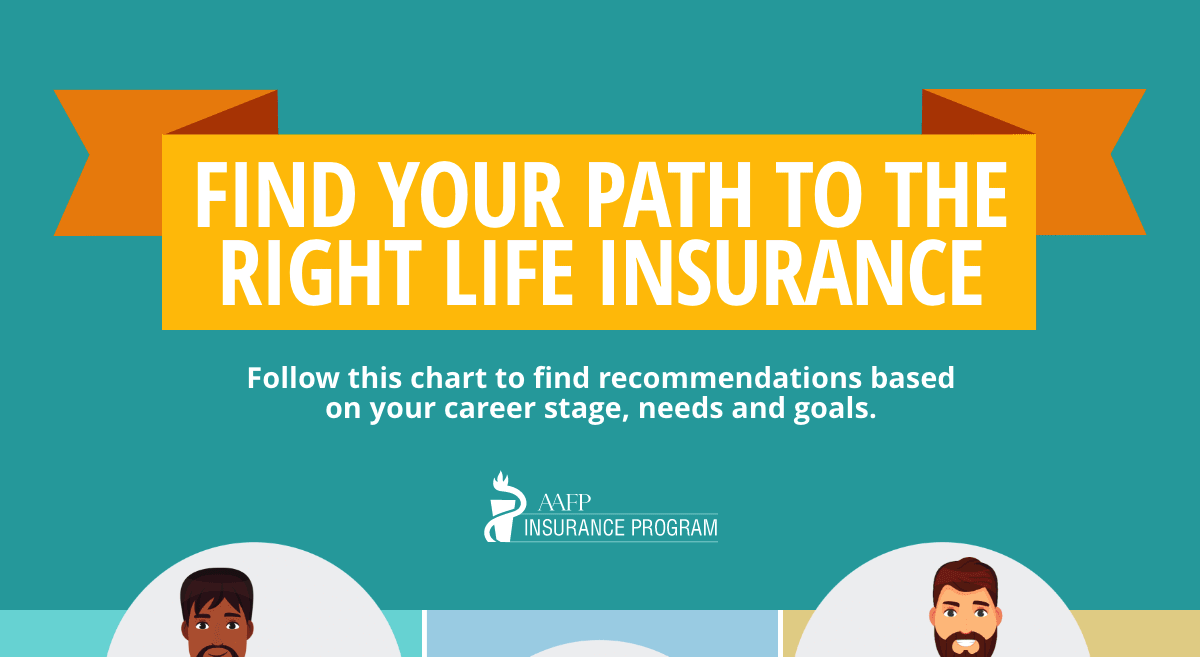Patient communications is a crucial part of practicing medicine. If you’re only focused on treating the patient’s symptoms, you’ll start to forget that you’re treating an actual person. Not only can this strict diagnostic approach to medicine jeopardize existing doctor-patient relationships, it can also have a negative effect on a patient’s healing process. Improve upon your patient communication skills with these four tips.
Increase eye contact
Between the television in the waiting room, the desktop computer at the reception desk, and the tablet in the exam room, doctors’ offices are overrun by screens. And with the increasing implementation of electronic health records, physicians are finding themselves torn between looking at a digital screen and treating a human patient.
When interacting with a patient, make an effort to look them in the eye when you are speaking with them. This communicates to the patient that you are actively listening to their concerns and that you have a vested interest in helping them through their problems. This one-on-one face time opens the door for patients to be more upfront and honest about their health and gives them the confidence to be proactive in making healthy lifestyle decisions. And by looking into your patients eyes, you can read certain cues or signs that hint at what’s really troubling them.
Talk less
When a patient comes to you with a complicated health issue, you’ll have a lot of questions. Your job as a family physician is to find out as much as you can about your patient’s problems and provide a diagnosis with subsequent treatment. But don’t let your medical expertise dominate the conversation. Give your patient the opportunity to express themselves fully so you can get the entire story of why they scheduled a visit. And above all else, don’t interrupt them while they are speaking. In short: talk less, listen more.
Speak clearly and slowly
As a medical professional, you’re used to talking shop with your peers and using scientific terminology. But medical jargon in the exam room may garner puzzled looks or worse – silence. Consumer Reports asked 1,000 Americans in a national survey to rate their biggest gripes with doctors on a 1 to 10 scale with 1 meaning “you are not bothered at all” and 10 meaning “you are bothered tremendously.” As it turns out, patients’ biggest frustration with physicians was providing an “unclear explanation of the problem,” giving it a score of 8.3.
When meeting with patients, speak slowly and use terms that they’ll understand. Remember, chances are you’re the only one in the exam room with over 10 years of medical training. For instance, instead of using the term “adverse,” say “harmful” or “dangerous.” Use this helpful plain language medical dictionary created by the University of Michigan.
At the end of your patient’s visit, be sure to provide clear, actionable directions. Your patient should exit the doctor’s office knowing exactly what they need to do to get better such as filling a prescription, scheduling a follow-up visit or seeing a specialist.
Let your patient play doctor
Before your patient leaves the office, make sure they understand everything that was addressed during the visit. This is referred to as teach-back. Ask them to explain back to you the plan you outlined for them. See if they can remember important details about their health, medications, procedures and other medical-related tasks they may need to perform following the appointment.
Patients will often nod their heads in agreement or say “yes, I understand” to avoid the embarrassment of not knowing exactly what you’ve told them. The reality is, they may have no idea what you’ve just said and won’t bother to ask further questions.
Teach-back helps with patient literacy by eliminating any confusion or misunderstandings during the visit. This technique also gives the patient a sense of confidence that they can take charge of their health and not worry about leaving the office with the wrong information.
Your patients are more than just a list of symptoms or a piece of paper with a medical history. Proper patient communication is not only the foundation of a long-lasting doctor-patient relationship, it’s also good business practice that can lead to improved patient satisfaction and better health outcomes.
Photo Credit: hyena reality/FreeDigitalPhotos.net




